Your Cart is Empty
Get Up To 35% OFF & Free Delivery
Get Up To 35% OFF & Free Delivery
Get Up To 35% OFF & Free Delivery
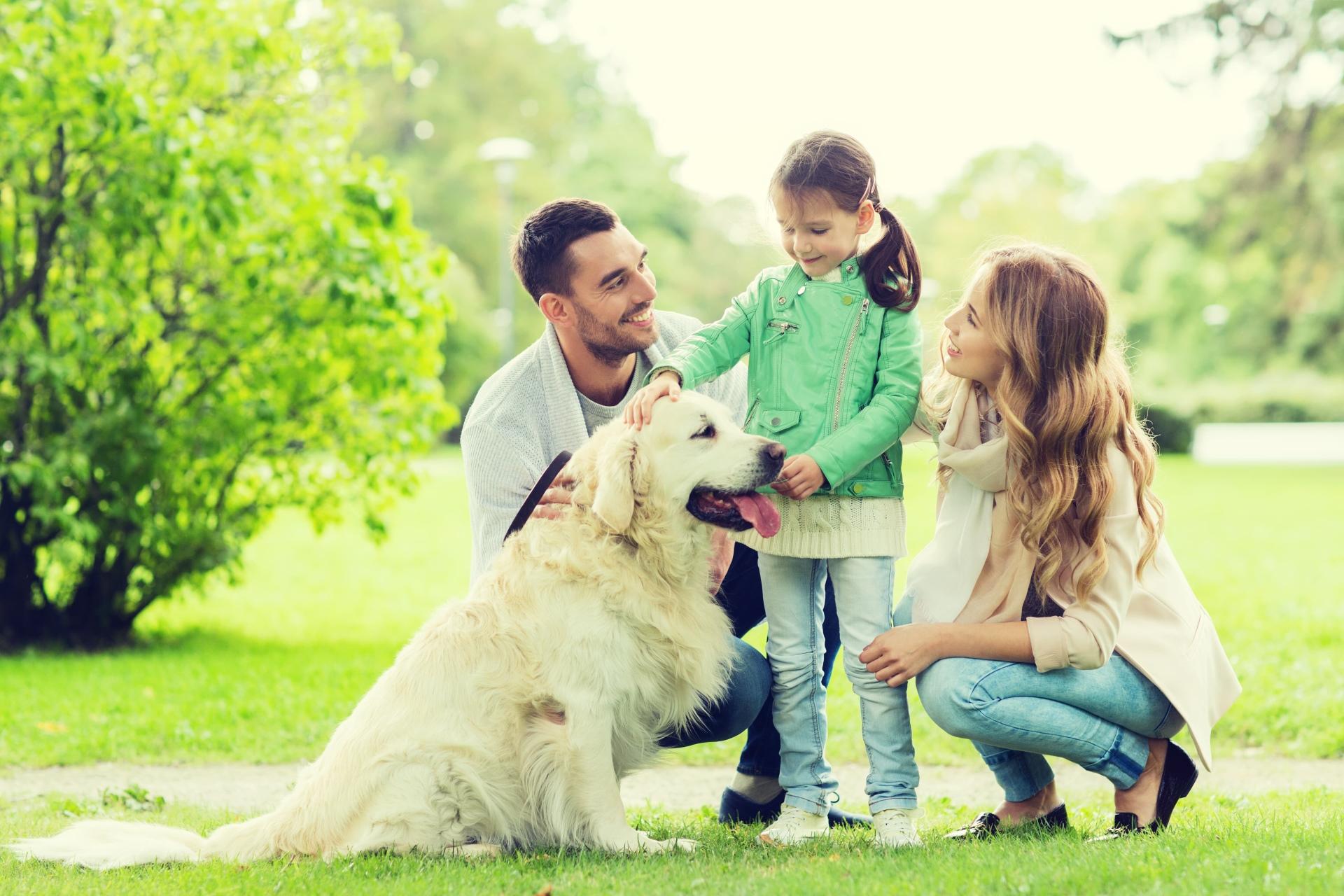
Choosing the right dog breed for a family with children is a big decision – and one that deserves serious thought. While some breeds are gentle and affectionate with kids, others may be indifferent or even aggressive. The best family dogs tend to be naturally nurturing, patient, and playful – some are even known for acting like furry babysitters for toddlers.
Whether your child is shy and needs a quiet companion or full of energy and looking for a partner in adventure, the right dog can become their best friend. Growing up with a dog can teach children responsibility, empathy, and routine from an early age. But before you bring a pup home, it’s important to prepare your child for what’s ahead.
Things to discuss with your child before getting a dog:
Make sure they understand that a dog is a long-term commitment – often 10 to 15 years. Watching dog-themed movies together can help spark conversations about loyalty and care.
Get tested for pet allergies. Symptoms might not show up during brief encounters but can develop over time.
Try going for walks together in rainy or cold weather. Explain that dog walks are part of daily life, no matter the forecast.
Consider fostering a dog for a short time. Caring for a dog includes feeding, cleaning up messes, and handling less glamorous tasks – not just playtime. Let your child help with the daily responsibilities.
Speak with the breeder or shelter about return policies. It’s wise to have a backup plan in case things don’t work out.
In this article, we’ve rounded up 10 of the best dog breeds for families with children – breeds known for their friendly temperaments, loyalty, and ability to bond with little ones.
This list of the best dog breeds for kids includes a variety of companions – from herders and rescue dogs to short-legged hunters. All the breeds here were chosen for their gentle nature and minimal aggression towards people.
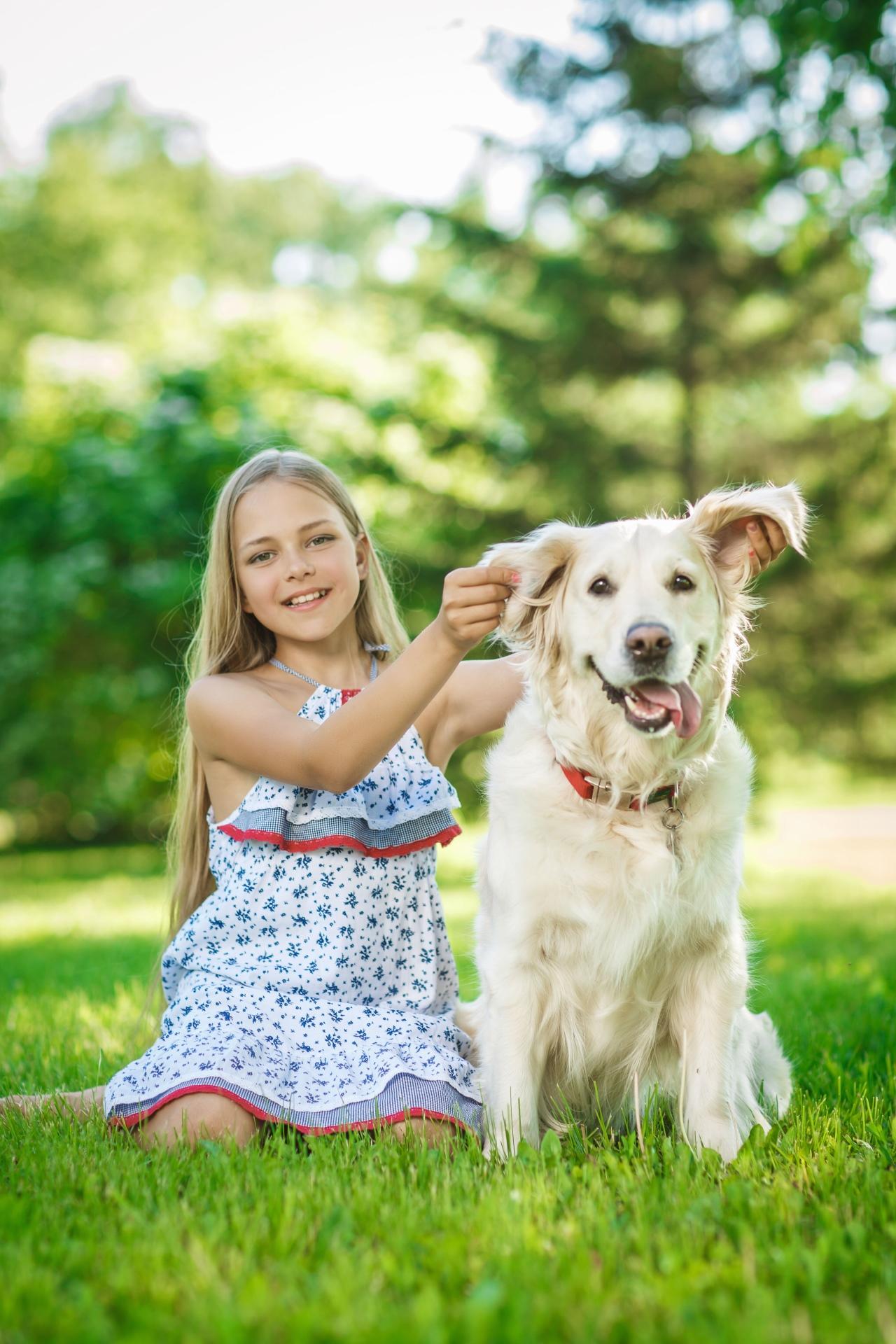
The Golden Retriever, or "Golden," is another large dog breed that’s great for families with kids. Known for being highly trainable and never aggressive – not even with barking – Goldens are happy to serve every family member equally.
If the kids ask for the dog but it’s the parents who do the training, the dog will still listen to commands and continue to show affection, even if the child only interacts with the dog during playtime. Goldens are patient and sociable, making them excellent therapy dogs in pediatric rehabilitation centers.
However, Goldens require a lot of physical activity to maintain their mental and physical health. If they don’t get enough exercise, they may become hyperactive and start chewing household items or pulling on the leash during walks.
The Labrador Retriever is a direct descendant of the Newfoundland. Ranked 7th on the list of smartest dog breeds according to Coren's scale, Labradors are ideal for apartment living and handle frequent moves with ease. They’re also one of the best breeds for young children.
Labradors are people-oriented, great swimmers, and can handle moderate physical activity. But their standout trait is retrieving. Labs love to play fetch, happily bringing back a ball, stick, or frisbee even for a 3-year-old. Thanks to their "soft mouths," they’re gentle and won't bite or hurt a child’s hand. Their calm demeanor means they won't be bothered by loud noises or rough handling.
However, they are prone to obesity. Their love of food can lead them to overeat and gain weight quickly, so it's essential to choose their food carefully and monitor portion sizes.
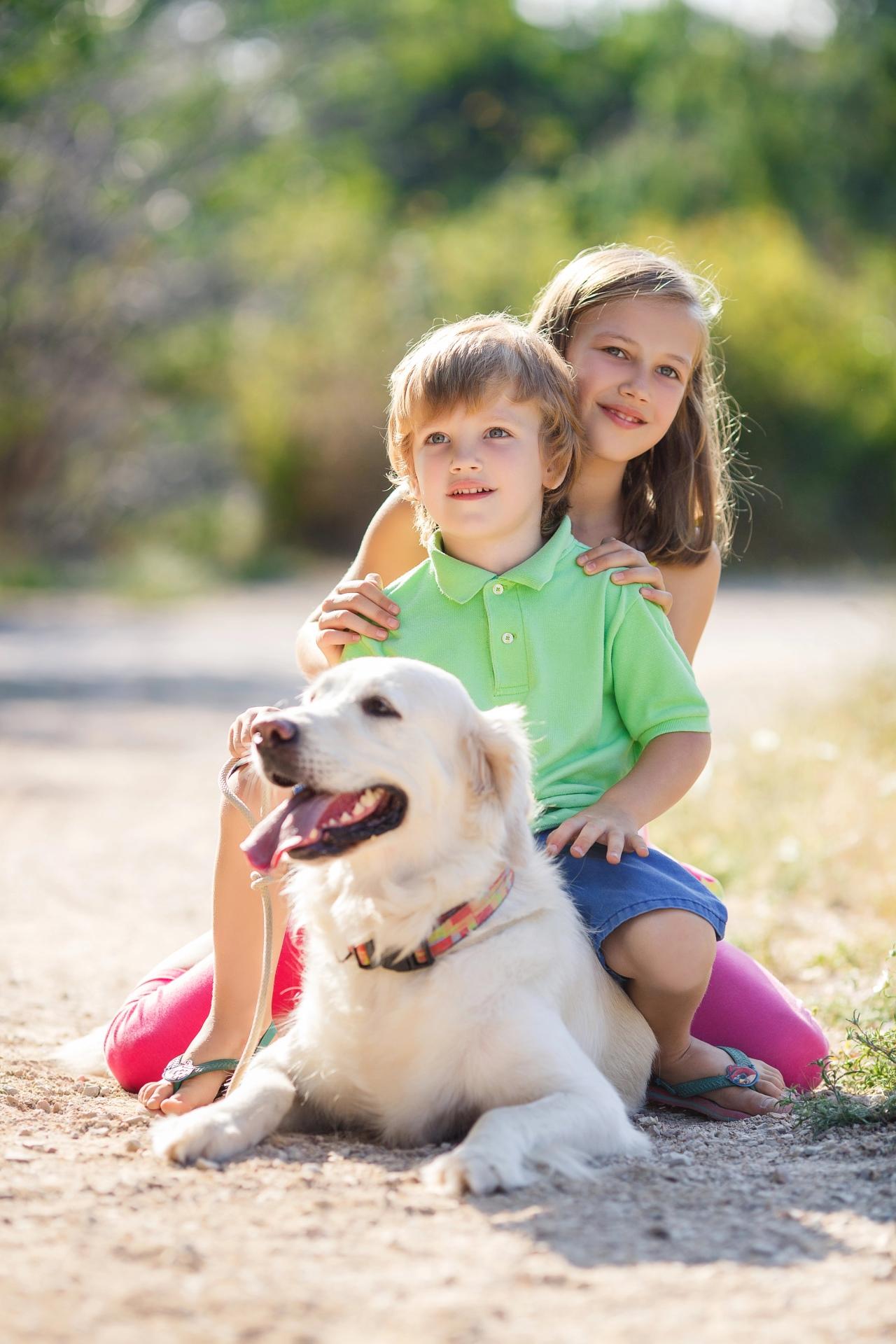
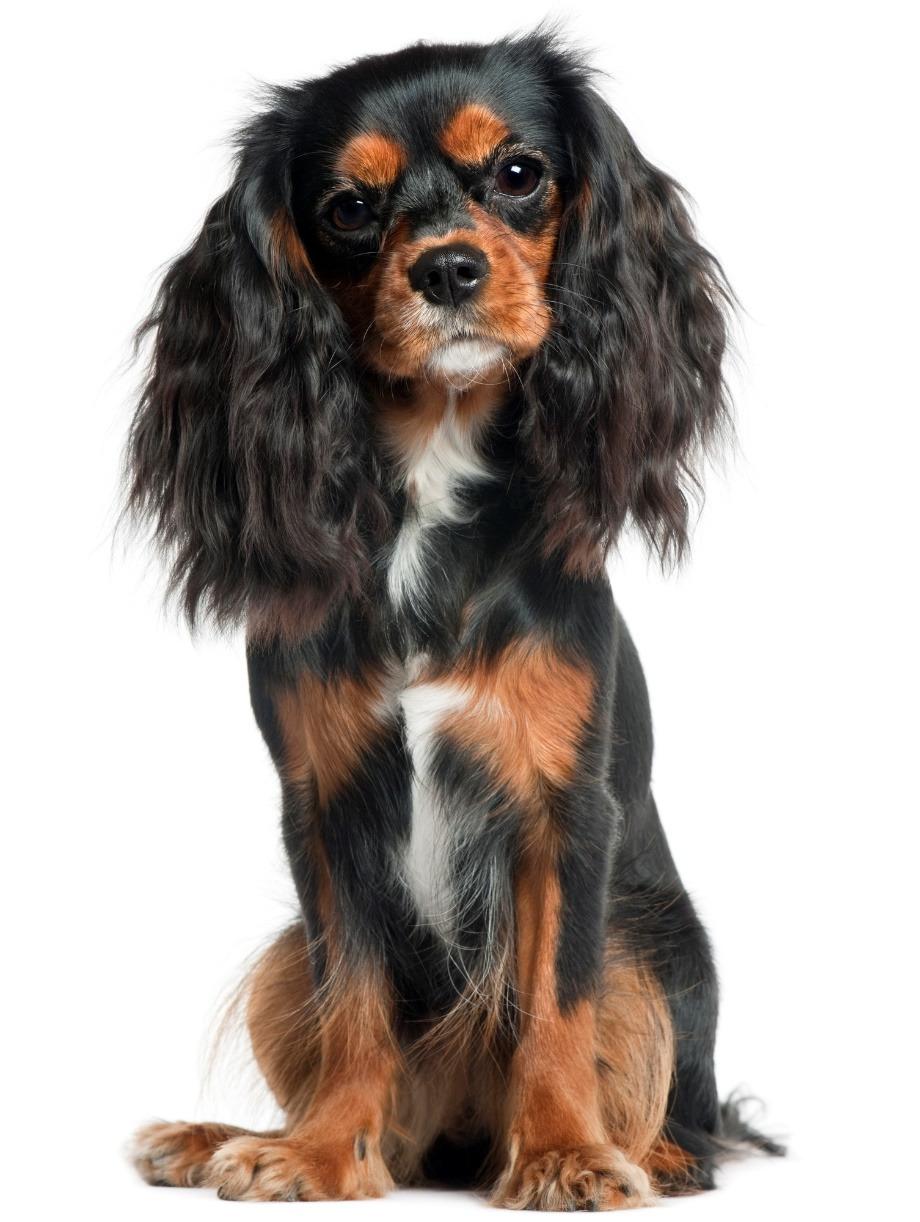
The Cavalier King Charles Spaniel is an energetic and playful dog that’s perfect for kids of all ages. This breed is fearless and makes a connection with everyone it meets, often in a very emotional and sincere way. The dog has a well-developed sense of intuition and is excellent at picking up on a person’s mood. It can seamlessly switch from playful enthusiasm to a submissive, innocent expression when it senses authority, often lying on its back and turning its head.
Always cheerful and lively, the Cavalier King Charles Spaniel lifts the spirits of everyone, both adults and children. It’s an ideal companion and best friend for any family. However, it doesn’t have guarding instincts. These dogs are friendly and welcoming to anyone who shows them attention. Their natural fearlessness can lead them to approach strangers, which may not be ideal for owners who expect loyalty and indifference towards outsiders.
The English Bulldog has a tough, fighter-like appearance typical of its breed. But today, the breed has been adapted into a gentle companion dog, with almost no aggressive tendencies left.
Originally bred for bull-baiting, Bulldogs were reclassified as companion dogs after the practice was banned. Since then, selective breeding has eliminated most signs of aggression.
Today, English Bulldogs are affectionate and somewhat lazy pets who love to snuggle on the couch or play tug-of-war with the kids. Their daily walks usually last no more than an hour, and they’re perfectly content lounging in the yard.
The only downside is their unique physical characteristics, particularly their flat faces. Bulldogs are brachycephalic, meaning they have short snouts and flat noses. This can cause them to snort, struggle to breathe in hot weather, and drool. You’ll need to make accommodations for their breathing issues, like avoiding stuffy rooms and not walking them in the scorching sun.

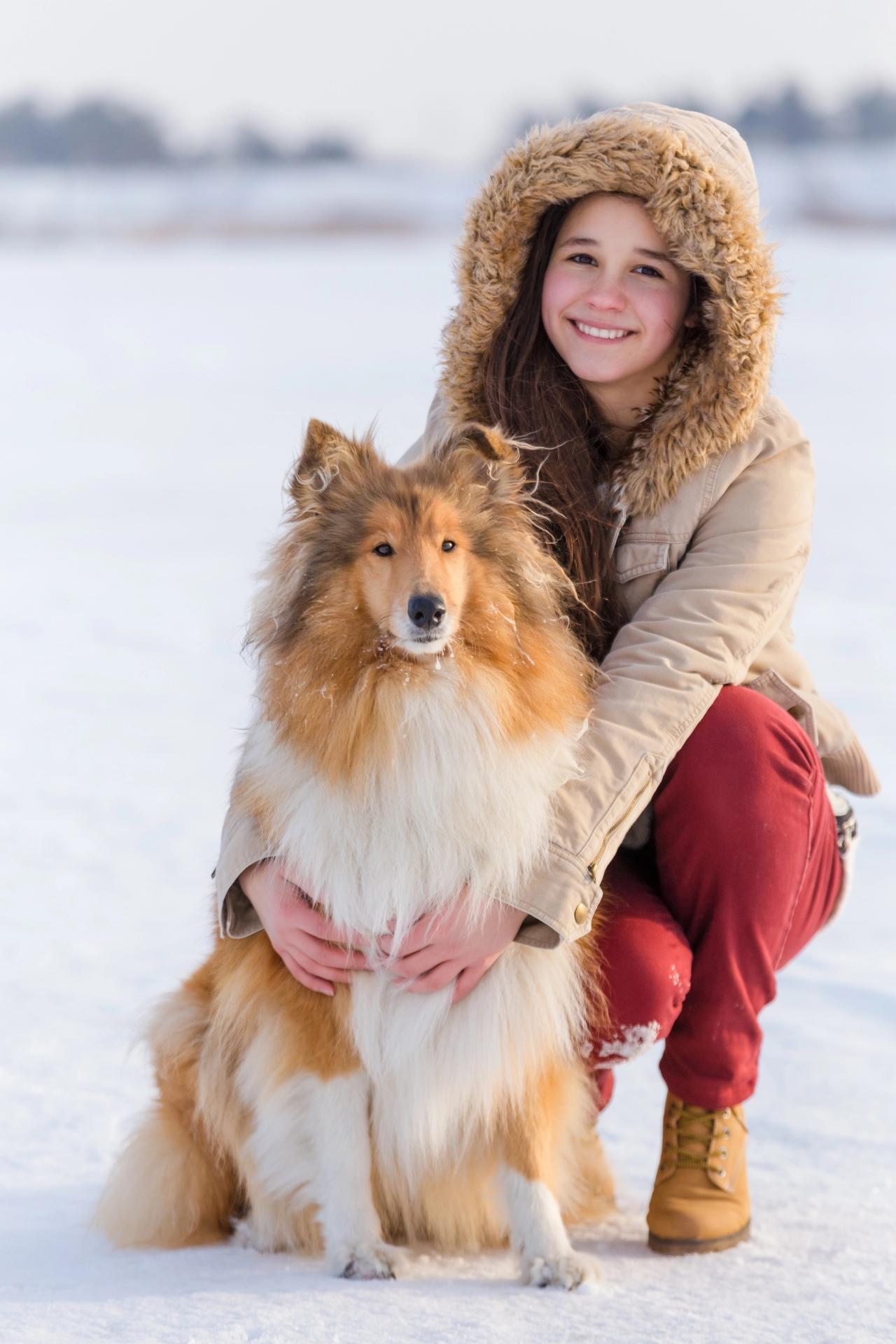
The Rough Collie (Scottish Shepherd) is a sporting dog with a balanced mind and an innate gentleness that extends not just to children and their families, but also to other pets in the household.
Collies easily adapt to their owners’ daily routine. Unlike many companion dogs, they don’t overwhelm their owners with constant attention. One unique trait of the Rough Collie is its ability to be close by but also enjoy time at a distance. The only thing that gives them away is their loud bark. Like many herding breeds, Collies are known to be quite vocal.
One potential challenge in owning a Collie is the need for frequent and intense exercise. Collies are a great choice for owners interested in canine sports, such as agility or frisbee. Simply relaxing at the feet of their owners is not enough for these energetic dogs.
The Welsh Corgi is another herding breed that makes the list of top companions for kids, and for good reason. This calm, trainable dog will not only be a playmate for your child but also a true friend through all stages of their growth.
Corgis don’t have a favorite owner; they’re loyal to everyone in the family equally. However, they do tend to gravitate toward the person who cares for them most.
Corgis are great for those interested in canine sports. They adapt well to apartment life, provided they get regular exercise and physical activity to maintain their natural traits. They’re perfect for families with preschool-aged children or those who already have other pets. Corgis are especially gentle with babies and may even act as protectors.
One downside common to many herding breeds is their tendency to nip at ankles. This instinct is hardwired in the breed, but with proper training, it can be managed.
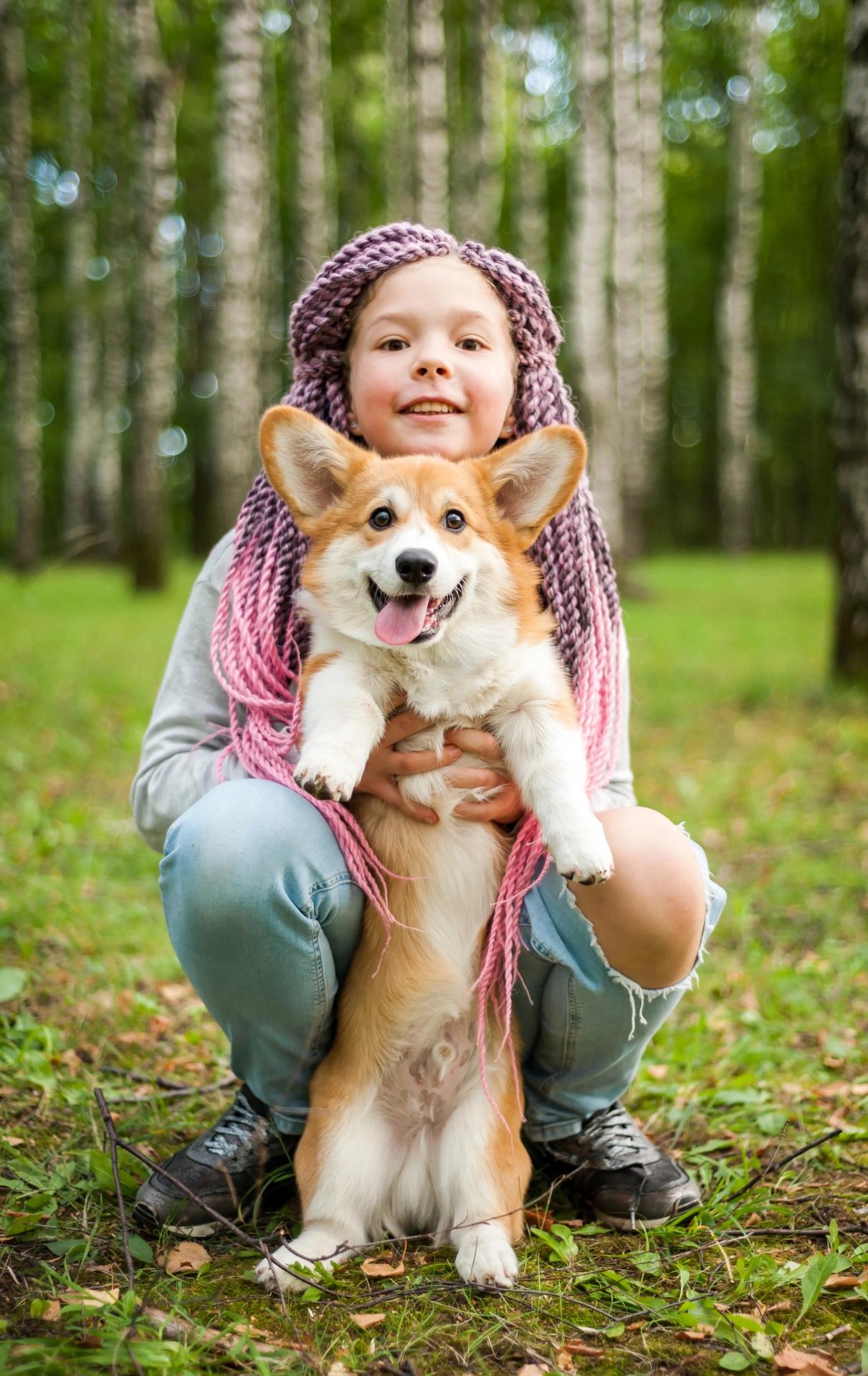
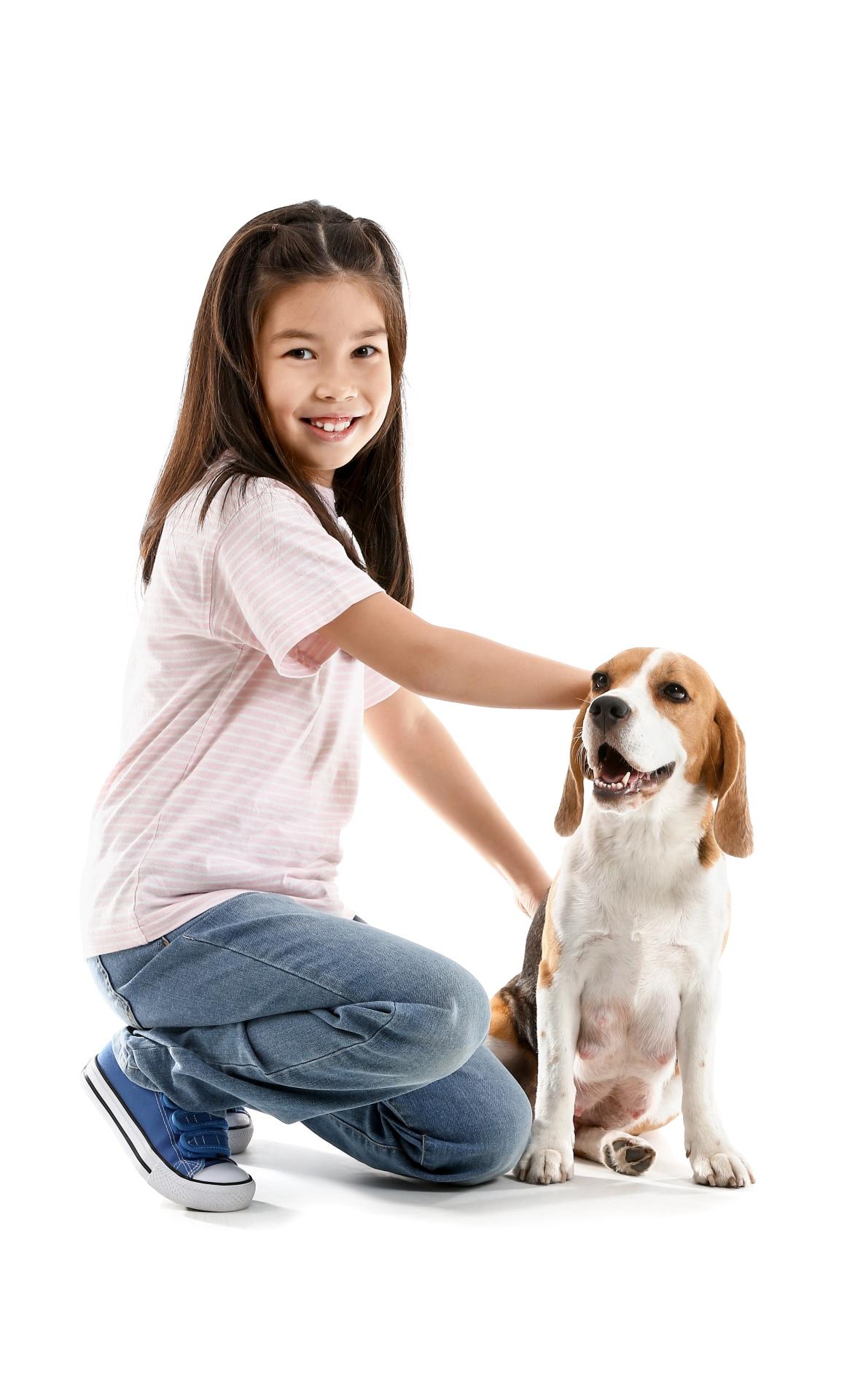
The Beagle is a relentlessly cheerful, active dog that’s a great match for a lively family with younger or middle-school-aged kids.
A Beagle will become your child’s best friend and partner in games. However, don’t expect them to play the role of a "nanny" – which kids love! When walking a Beagle in the city, it’s essential to keep them on a leash. They have a strong hunting instinct and may chase after a stray cat or bird, losing control.
Beagles have a lighthearted, positive nature. But be prepared for their stubborn streak. They can be a challenge in training, especially when tasks become more complicated. Beagles tend to play dumb and try to get out of less exciting activities, preferring to move on to something more fun.
The Saint Bernard is one of the strongest rescue dogs, known for being safe to live with small children. These dogs are highly obedient and gentle with humans. Their calm, slightly laid-back temperament balances out their imposing appearance, which can intimidate strangers.
The size of a Saint Bernard is truly impressive, and for that reason, they’re not ideal for apartment living.
Saint Bernards need long walks and regular physical exercise to maintain their breed’s qualities. They are also highly intelligent, requiring mental stimulation through training. Although they may not learn as quickly as German Shepherds, they always complete tasks and follow commands without showing disobedience.
One thing you won’t get from Saint Bernard is guarding instincts. They’re naturally low in aggression. However, if their family is in danger, they will stand up to any threat, even if it’s a bear.
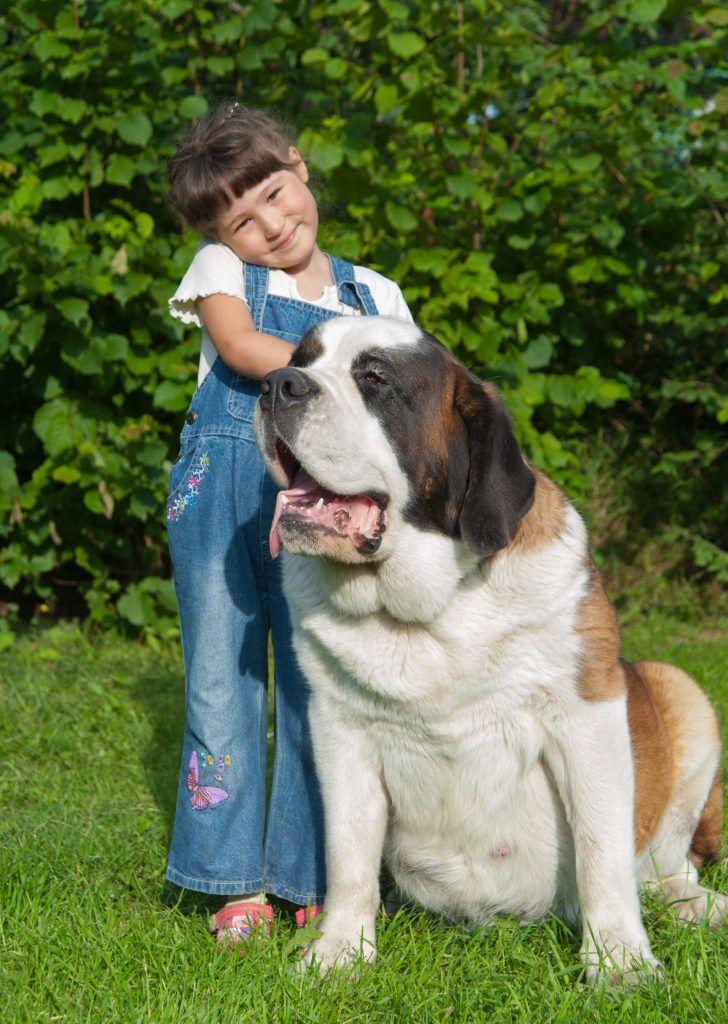

The Bichon Frise (French Bolognese) is the only hypoallergenic dog on this list. Its fur texture is similar to that of a Poodle: soft to the touch, odorless, and non-shedding. However, it requires regular grooming and professional trimming.
Bichons are the least aggressive breed when it comes to kids. According to one popular test, they scored the highest in tolerance to children's playful behavior. These dogs are often used as therapy pets, particularly in autism therapy programs. They’re excellent at connecting with shy children, even those who are afraid of dogs.
Bichons have a friendly, easy-going nature and love to play. They’re great for families with young children, especially because of their cuddly, toy-like appearance. A Bichon will be a hit with everyone, including your little ones.
The Pug is one of the most good-natured dogs among the toy breeds. It easily adapts to the family’s routine, often mimicking its owners’ habits. While they are independent enough to entertain themselves when everyone is busy or away at work, they also enjoy being part of the action.
Pugs are moderately playful and active, getting along well with kids of all ages. They are also calm around strangers, thanks to their balanced temperament with no sudden mood swings.
You’ll often see a Pug walking calmly next to a stroller, without pulling to the side. This natural self-restraint is built into the breed. However, to develop it to its full potential, a strong leader in the family is key. Pugs require a consistent, firm approach to training. Without this foundation early on, they may grow too independent.
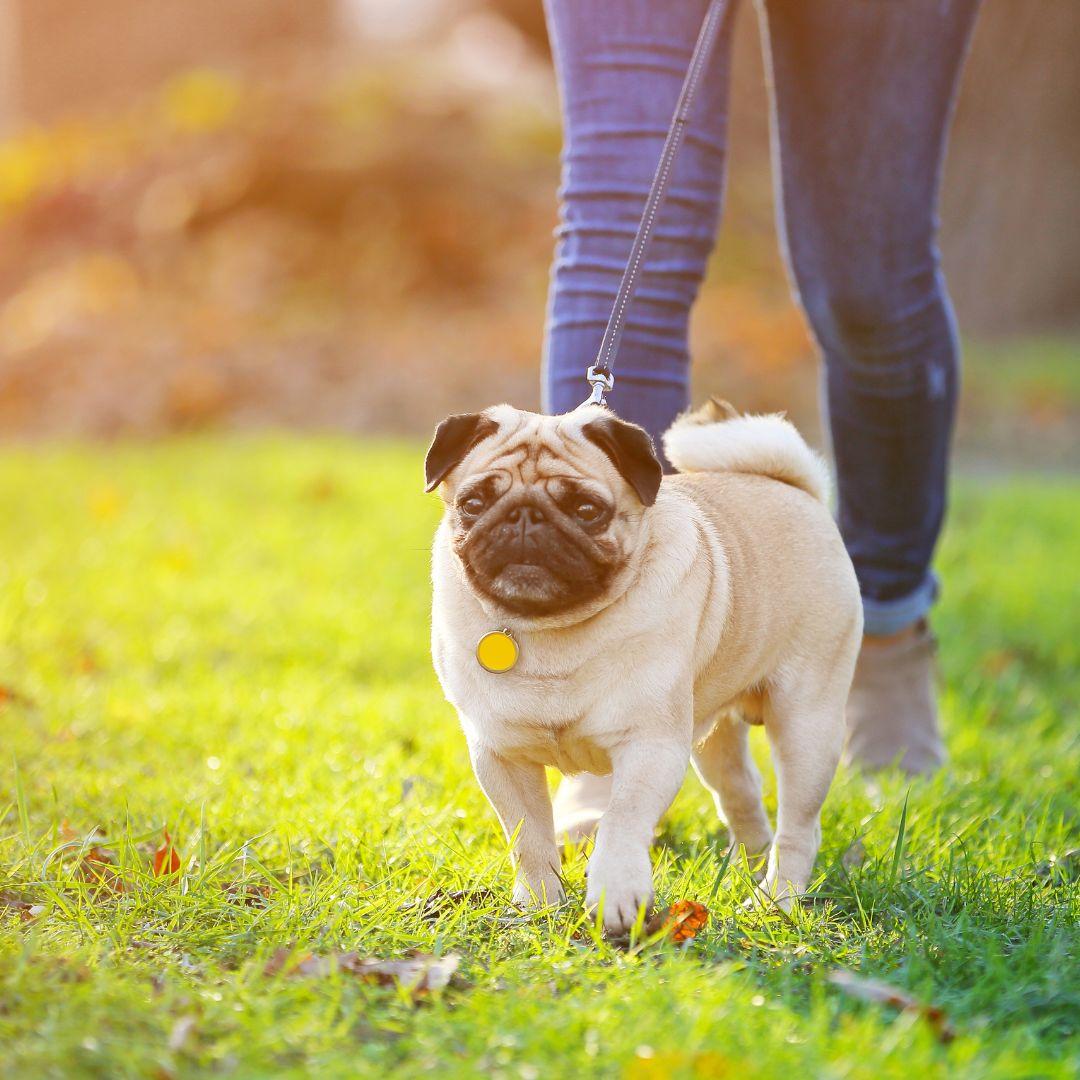
Take your time when choosing a breeder. A responsible breeder should provide all the necessary documents for the parent dogs and explain why they chose a particular male for breeding. Breeding dogs should undergo genetic testing and meet the breed's established standards. Look for breeders who can provide a puppy registration certificate, which can later be exchanged for a pedigree. The temperament of mixed-breed puppies is unpredictable, making it nearly impossible to know what the adult dog will be like.
Consider the dog’s characteristics. When choosing a dog for a family with kids, pay attention not just to the dog's appearance and size but also to the traits that have been bred into the dog for specific purposes. For example, working dogs may have an innate aggression, herding dogs are naturally vigilant, and companion dogs are typically more people-oriented.
Never leave a puppy unsupervised with children. A dog might get scared by loud noises or rough handling and have a negative experience, which could affect its behavior later on.
Provide instruction. Teach your kids how to properly pet and play with the dog. Many young children accidentally provoke puppies into biting during play, which could lead to dangerous behavior when the dog matures.
Ask your kids not to give commands recklessly. If a dog doesn’t follow a command and then immediately receives another, it may start to ignore its owner. If your child is older, explain that every command should be followed through with completion.
Follow Us On
Check Out Our Most Popular Content